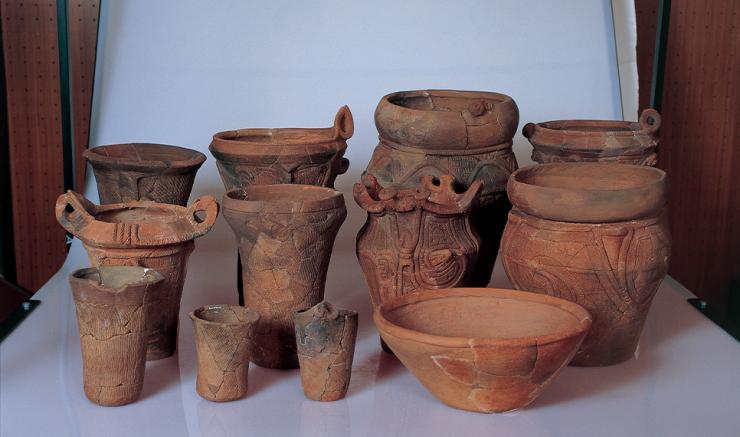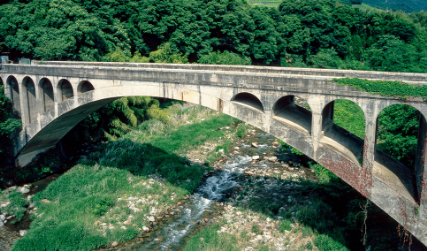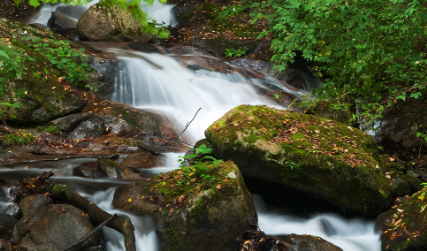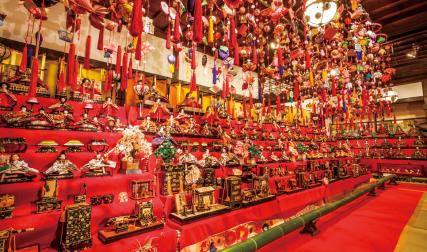Shakado Museum of Jomon Culture
Main content starts here.

The Shakado Museum of Jomon Culture displays precious artifacts from the prehistoric Jomon period (roughly 14,000-1,000 BCE). Set inside a sleekly contemporary building that emphasizes the antiquity of its contents, the museum conjures up a sense of one of the very earliest chapters in Japanese history.
The majority of the museum’s exhibits were retrieved locally, from the Kofu Basin. Work carried out in preparation for the construction of the Chuo Expressway, in the early 1980s, unexpectedly uncovered an abundance of ruins and relics from not only the Jomon but also the preceding Paleolithic period, as well as subsequent eras. This exciting find gained national and global attention.
The Jomon people contributed greatly to the development of pottery in Japan. Pots for transporting and heating their pre-rice cultivation, hunter-gatherer diet are reconstructed using shattered remains. They slowly evolve from crude, round-bottomed vessels to more elaborate flat-bottomed pieces able to stand freely. These later relics also reveal emergent decorative skills: using cord marking (the technique from which the “Jomon” name is derived), both human figures and snakes were added to utensils.
Alongside these pots, the Shakado Museum displays remnants of human effigies—a profusion of dismembered heads and torsos—that the Jomon appear to have poured equal effort into creating. Though the significance of many of these is unknown, rotund-bellied females suggest a reverence for fertility. Also exhibited are tools, arrowheads for hunting, and even earrings, with all of this put into context using visual explanations.
Category
Share
Venue Address
405-0054 764 Ichinomiyacho Senbeiji, Fuefuki-shi
-

Attractions
-

Nature & Outdoors
-

History & Culture
Home of Mt. Fuji > Discover > Shakado Museum of Jomon Culture